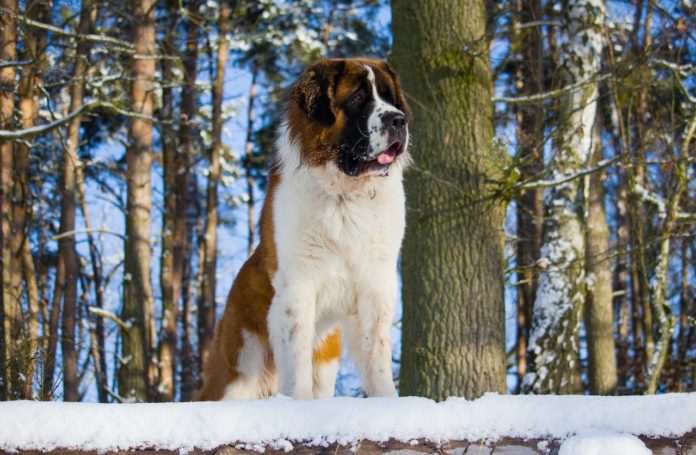Large dogs are an absolute joy to have around, but handling them is no small feat. Many people also find them intimidating, especially those who are not used to being around large breeds.
So, are big dogs hard to handle? Not if you know how to train them properly!
If you’re interested in bringing home a gentle giant or already own a large pup and are concerned about training it, this article will answer all your questions on how best to bring up large dogs.
How Do You Interact With A Big Dog?
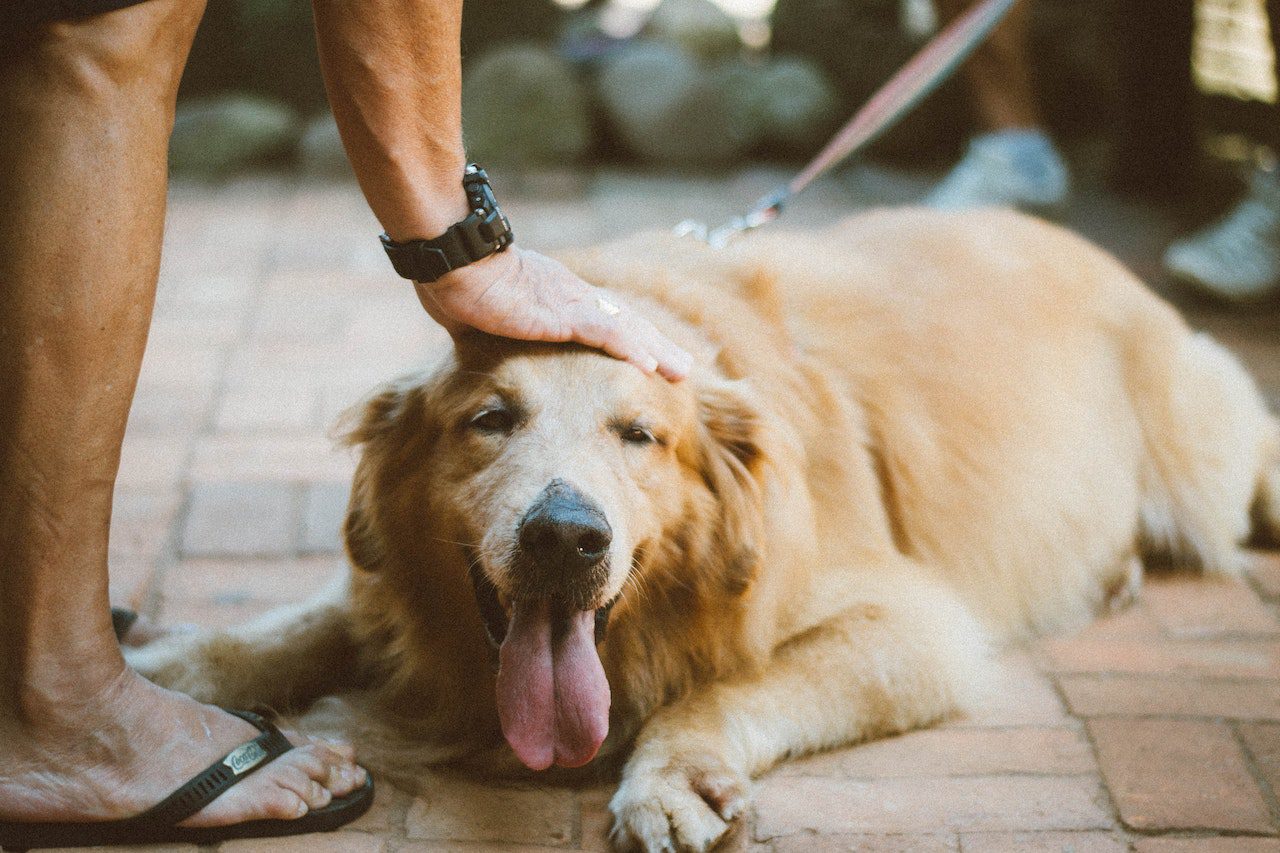
Interacting with a big dog requires confidence and carefulness. Don’t let the dog’s size overwhelm you. Remember — dogs of all sizes follow a leader, but you must act like one.
Approach A Large Dog Carefully
We know how cuddly large dogs are, but it’s not a good idea to rush at them! They may mistake this as an attack. Instead, approach the dog calmly and slowly. Give the dog plenty of room so it won’t feel cornered.
Dogs can easily sense if you are anxious or uncertain, which can make them fearful as well. Be relaxed and calm so your large dog knows that everything is okay.
If you are confident, allow the dog to sniff you before you decide to pet it — this will allow the dog to get you more so it won’t be so defensive.
Be Calm Yet Assertive
Dogs often pick up the emotions of the people around them. It’s thus important that you remain calm so that the dog doesn’t get agitated. Avoid making loud noises or shouting, and try not to make sudden movements to avoid startling the dog.
How Do You Control A Big Dog On A Walk?
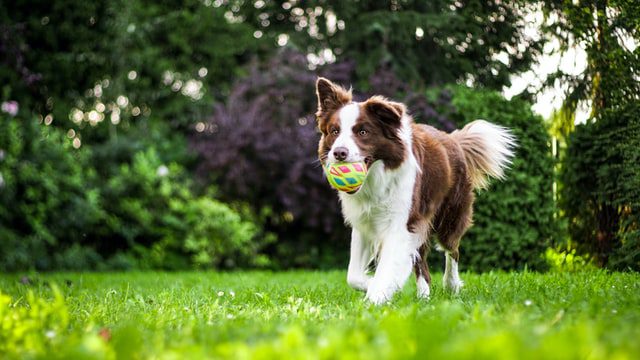
Worried that you might not be able to control a big dog when you are out on a walk? Walking a big dog is certainly not the same as walking a smaller breed, but there are ways to make your job easier.
Use A Sturdy Collar And Leash
Make sure the collar and leash you get are suitable for your large dog’s weight and size. They must be sturdy and reliable, especially if you are dealing with a large and powerful dog.
The leash must be the right length as well. It should neither be so long that your dog can wander far from you nor so short that your pup becomes frustrated that it can’t explore much.
Leashes that are approximately four to six feet long are usually enough for training big dogs. However, it will still depend on you and your dog’s preferences.
Also Read: 40 Quotes About Dogs That Every Dog Lover Will Love
Dealing With A Big Dog That Pulls
Do not let a dog pull you, as this sends the signal that you are letting your big dog take control. So, how to walk a big dog that pulls? Hold the leash and stand firm whenever you feel the dog tugging at you. Give it a command to stop or sit.
If you keep on having problems with a dog pulling you, consider using a head collar.
A head collar, sometimes called a head halter, is placed around a dog’s mouth so its head can be controlled easily. It can help you train your dog to stop tugging on a leash and walk slowly instead. According to the American Kennel Club, a head collar offers more control when walking a dog, especially large ones that pull.
However, since this type of collar is wrapped around your dog’s snout instead of the neck, many dogs find them uncomfortable. So, if you want to use a head halter on your dog, remember there may be an adjustment period.
When you are using a head collar, use a leash that is only four feet long. An excessively long leash may cause your dog to run off, and its head may snap back when it reaches the leash’s end, causing neck injury.
Consider Using a Harness
A dog harness may help distribute a large dog’s weight more evenly and help you control it better. A harness may also be suitable for dogs who have weak windpipes or other throat problems.
Your dog may also prefer not to wear a collar around its neck. If you notice that your dog becomes irritated if you make him put on a collar, a harness can be the best solution.
How Do You Train A Big Dog To Be Gentle?
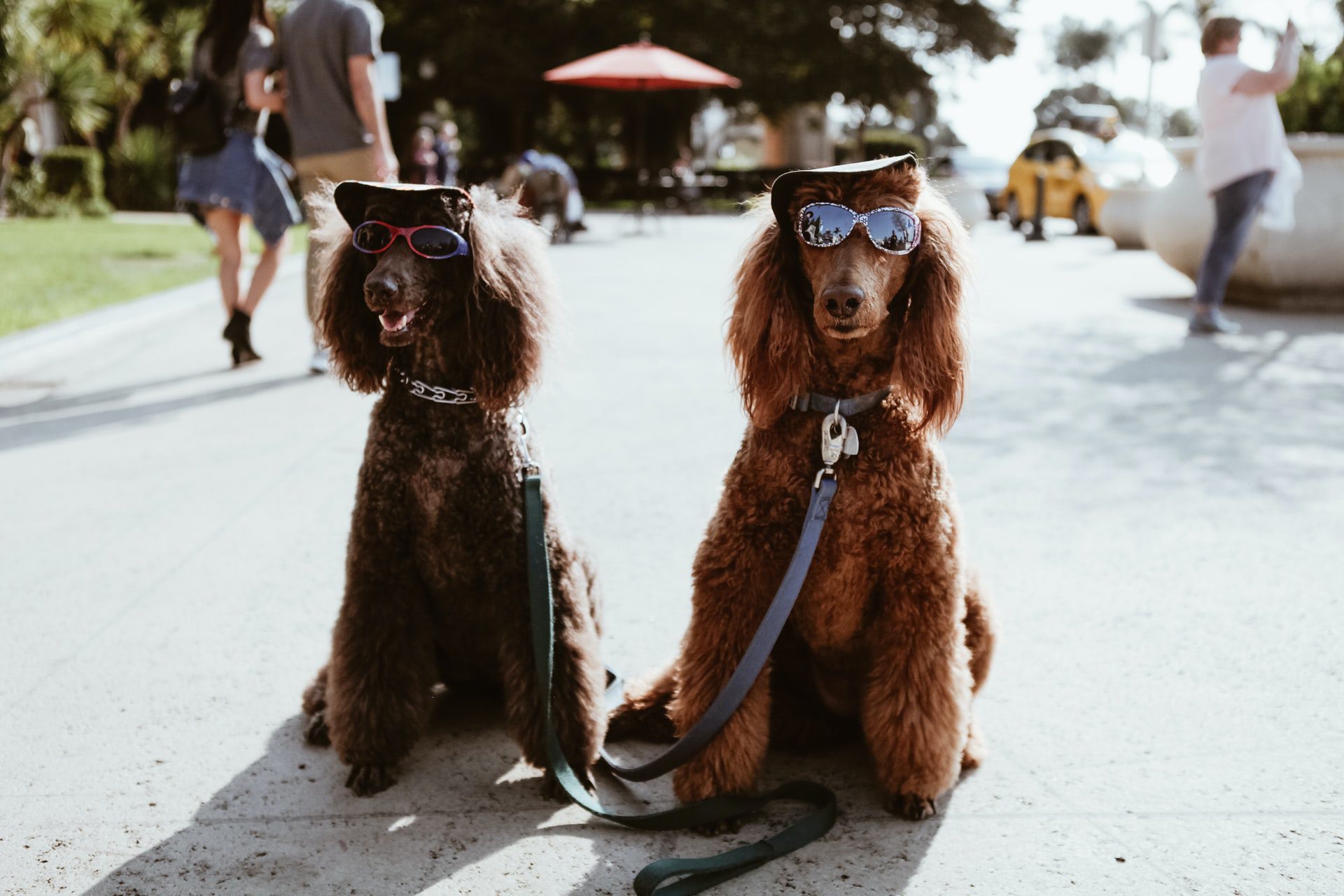
There are many ways to train big dogs to be more gentle towards you, other people, and other animals, too.
Use Positive Reinforcement
It can be frustrating when your big dog doesn’t realize just how big it is. But it’s best not to show frustration or yell.
Instead, reward your dog’s good behaviors with attention and praise. You can also give it treats or toys for good behavior. Don’t worry if you didn’t bring any snacks or gifts with you. Dogs love being rewarded with pats and hugs!
Socialize Your Dog
Ideally, dogs should be socialized when they’re only a few weeks old. But it’s never too late to start!
Teach your dog how to behave around people and other animals. For example, go for walks, arrange dog playdates, and take your dog to dog parks so your dog can get accustomed to being around other animals and people.
Teach Your Dog Basic Commands
You must teach your dog useful instructions such as “come”, “stay”, or “sit.” You can teach these commands by saying the word and rewarding the dog when it performs the desired action. You may also ask a dog trainer to teach you how to train a big dog with advanced commands.
Teach Gentle Interaction With Little Dogs
How to teach a big dog to be gentle with a little dog? You can start by demonstrating how to play with the little dog. Discourage your large dog from being rough by saying “no” or not giving it treats and encourage it with rewards when it is playing gently.
Go Away If The Dog Becomes Aggressive Or Agitated
Are big dogs hard to control? Not if they are tame and calm, but it’s another thing when they are lashing out. An agitated or aggressive dog, especially when it’s a large breed, can be very difficult to control. In such cases, try putting your dog in a brief time out or take it somewhere quiet and peaceful to allow it to calm down.
Maintain Your Large Dog’s Overall Health
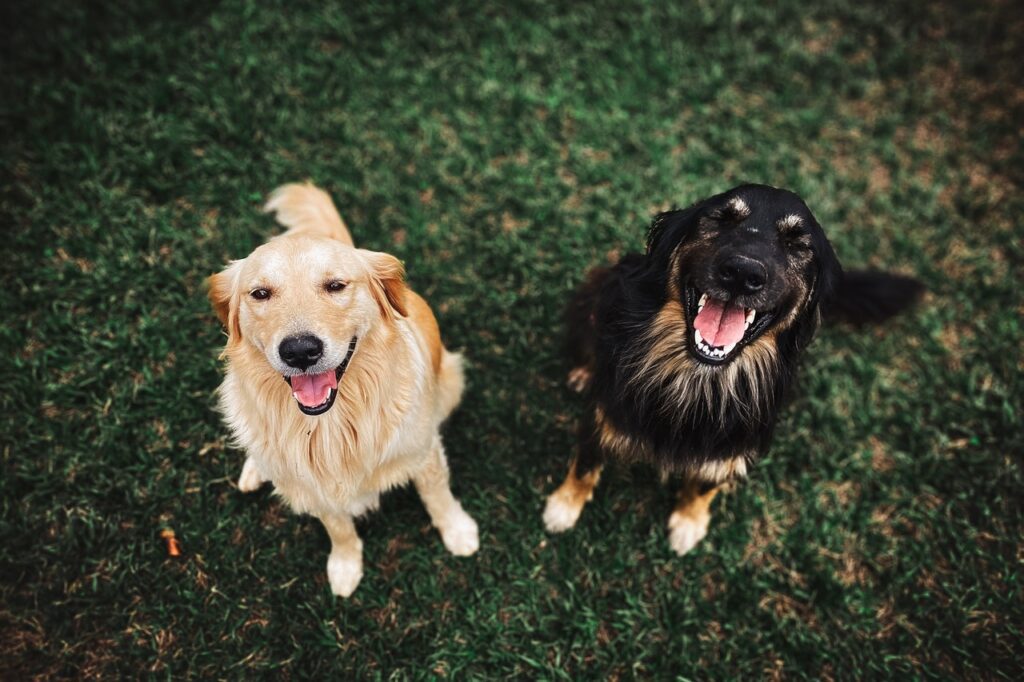
Taking good care of a dog will increase the chances of taming it. Ensuring its overall good health can keep your dog happy and cooperative.
Nutrition
The bigger the dog is, the more food it needs. Make sure you’re giving your large dog enough food. Being hungry may cause it to feel irritated and harder to handle. Feeding them inconsistently can also put them on edge as they wonder whether they will get fed or not.
Note that larger dogs often suffer from poor digestion because their intestines are smaller than the rest of their body, making them absorb less from what they eat. The food also travels farther than it does in small dogs, which means that bacteria in their colons have more chances to ferment the digested material.
Because larger dogs have poor digestion, you should give your big dog easily digestible food. Stay away from fermentable starch and fiber. Give more protein instead.
It is also important to feed large dogs food rich in vitamins and minerals so they will have a good temperament. However, make sure you read up on which foods are safe for dogs. For example, vitamin C-rich foods are great for helping your dog fight off illness, but can dogs eat limes and lemons? Well, no. Limes are exceptionally toxic to dogs! But you can feed your dog oranges or clementines in moderation.
Physical Exercise
Dogs, especially high-energy breeds, need regular exercise and playtime to be happy and healthy. If they are kept sedentary, they may get lonely and sick.
Exercise can help an overly active dog expend its energy in safe and appropriate ways. Being active outdoors can help tire out your dog, so it doesn’t cause much ruckus at home.
Mental Stimulation
Dogs crave mental stimulation in the form of games, challenges, and puzzles. Depending on their temperament, they may also enjoy new experiences like meeting new people or going to new places.
Know Your Dog’s Limitations
Do not push your dog to its limits, or it can start lashing out at you. You have to be mindful of your dog’s reactions and stop when you notice it struggling.
Observe your dog for any signs of discomfort, fatigue, or stress. Stop any activity that is making your large dog feel unsafe or uncomfortable.
How to Carry a Large Dog?
Carrying large dog techniques involves supporting the dog’s chest and hind legs. Wrap one arm around the dog’s chest and the other around its hind legs above its hocks (the hind leg joints between the knee and the part of the leg that points backward) and below its tail.
Keep your dog close to your own chest while carrying it, ensuring that its entire body is well supported to make it feel secure.
Seek Professional Help
When your dog is constantly behaving unpleasantly, it may be time to see a professional dog trainer to determine the cause of the behavior and to train it to behave better.
A dog trainer can not only train your dog but also give you tips on how you can handle your dog well.
The Takeaway
Handling a big dog can be difficult, but there are many ways to make it easier, which involves taking good care of it, teaching it commands, and using appropriate restraints. It will take a lot of patience, but the process can be quite enjoyable. Soon enough, you will have a gentle giant that is a wonder to behold and a joy to be with!

